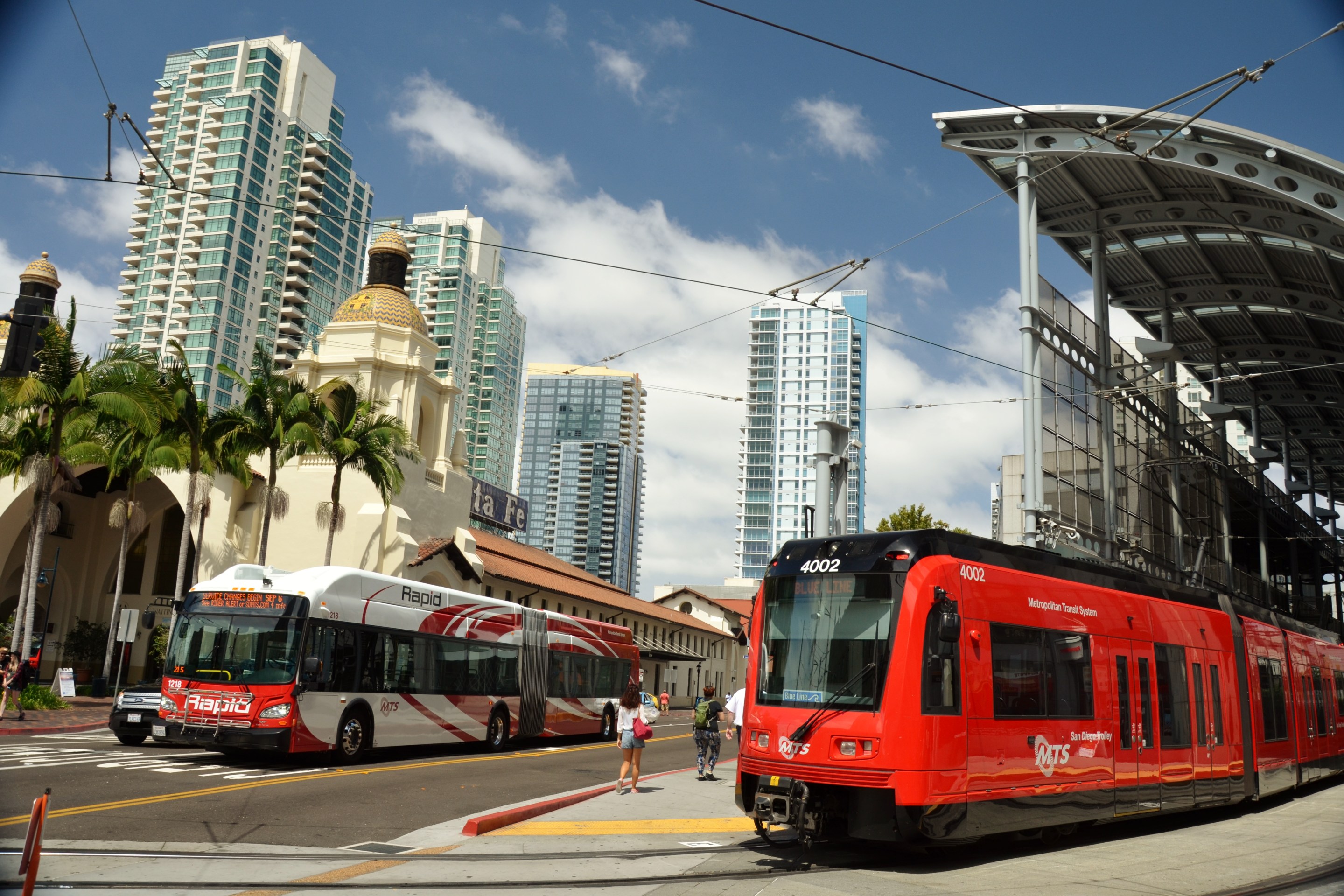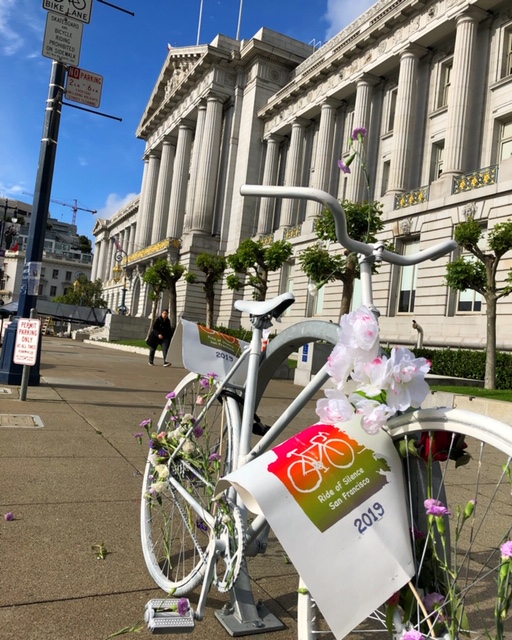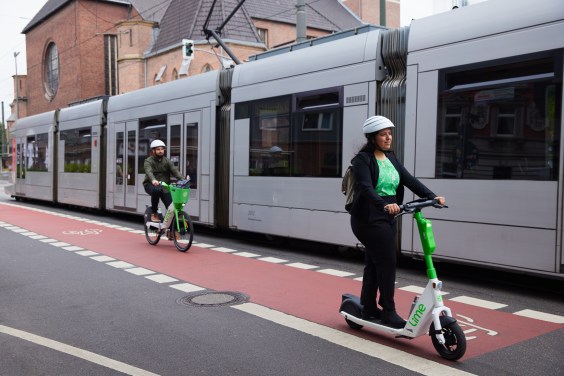The federal government must take action on megacars that are too big for drivers to see children right in front of them, a Connecticut senator says — but there's still nothing on the table to simply require the vehicles to be smaller, which could save lives in other kinds of crashes, too.
Following yet another demonstration that showed how many kids can be lined up in the front blind spot of a large SUV before a driver sees them — the answer, in this case, was 10 — Nutmeg State Democrat Richard Blumenthal (D) called on the National Highway Traffic Safety Administration to start properly analyzing off-road "frontover" crashes that claimed the lives of an estimated 366 people in 2015, the last time the feds performed a comprehensive analysis of such collisions.
Frontovers are so common among small children that the non-profit group Kids and Car Safety coined the term "bye-bye syndrome" to refer to the phenomenon of kids being struck by their own parents while attempting to send their caregivers off for the day. In 2007, Congress mandated that NHTSA issue a rule on rear visibility standards to prevent "backover" deaths that are also particularly common among large vehicle owners, but no comparable rule was written to stop low-speed forward collisions — and studies suggest that even back-up cameras, the most common way automakers fulfill the visibility rule, don't actually prevent most crashes.
Based on their own data collection, Kids and Car Safety analysists say that child frontover death totals have grown about 60 percent between 2012 and 2019 — and that the increase tracks directly with the increasing size of American cars themselves.
In 2014, when SUV sales outsold sedans for the first time, the average curb weight of a light duty vehicle in the U.S. was about 4,072 pounds, compared to 4,156 pounds in 2020. Today's cars are also generally taller and designed with more aggressive front ends that are more likely to strike a person at the head or neck level — particularly if that pedestrian is a small child.
Experts say those design trends are among the leading drivers of the escalating pedestrian safety crisis on American roads — though those same experts can't definitively say the same of off-road deaths, because federal agencies haven't publicly released the totals from the database that tracks them. Further, Blumenthal says even the 2015 numbers were extrapolated from data from 2011 and earlier, which means regulators are actually 11 years behind on tracking deadly off-road crashes like frontovers.
It also means means that every time a child is struck and killed in her parents' driveway, in a parking lot, or anywhere else outside the right of way, it basically doesn't count, even though off-road deaths make up an estimated 6 percent of all roadway fatalities — leaving regulators without the tools they need to address the unique root causes of those tragedies.
"This delay [of] more than a decade in releasing data is simply unacceptable," Blumenthal wrote to NHTSA Administrator Steven Cliff. "Recent, updated data is critical to understanding the true scope of frontovers and the steps that can be taken to prevent these unnecessary and tragic incidents. ... I am sure you agree that even one child’s death is one too many."
Blumenthal is calling on NHTSA to provide annual injury and fatality data for frontover crashes through 2020, to assess its data collection methods to make sure they're actually capturing the full extent of the crisis, and to detail the agency's efforts, "if any," to prevent future off-road deaths, as well as what resources it would need from Congress to take more action.
The senator was not specific about what kind of regulatory action, exactly, he wanted NHTSA to take, and his office did not respond to a request for clarification from Streetsblog. But his letter strongly alluded to technological fixes like the front visibility cameras some automakers already offer as add-on luxury features.
“Safety is not – and should never be – a premium feature only available to those who can afford it; it should be the default,” Blumenthal added.
The trouble with simply mandating front-view cameras, though, is that the such a rule would nothing to make cars smaller. Doing that, of course, would enhance visibility, too — while simultaneously making roads safer for anyone not inside a truck, SUV, or other large vehicle.
One cautionary tale is NHTSA's rear visibility standard, which went into full effect in 2018. Under the law, automakers are required to install back-up cameras or other sensors to alert drivers that there's something right behind them, but the Insurance Institute for Highway Safety has since estimated that the most common intervention automakers select — back-up camera technology — only prevents about one in six backing crashes that are reported to police. That's because cameras themselves still have blind zones — and because about 20 percent drivers don't actually look at the live video feed from behind their vehicle anyway, or they ignore auditory alerts.
TFW your truck is so huge that you need 8 cameras to see what the heck is going on outside of it. Was that a speed bump or a pedestrian? Watch it on the replay. pic.twitter.com/lkKiWTlVdB
— David Gifford (@DE_Gifford) February 4, 2022
The most effective way to reduce the kind of tragic frontover deaths that are claiming lives on America's driveways, of course, is to have fewer cars in American driveways at all. Until the U.S. charts a real path out of car dependency, though, NHTSA can at least recognize the fallacy of allowing automakers to manufacture cars that sit so high off the ground that their drivers even need surround-view cameras just to see their immediate surroundings — and take real action to mandate not just safety technology, but real limits on size.






